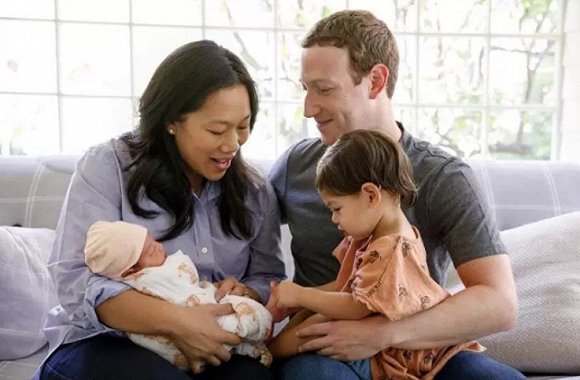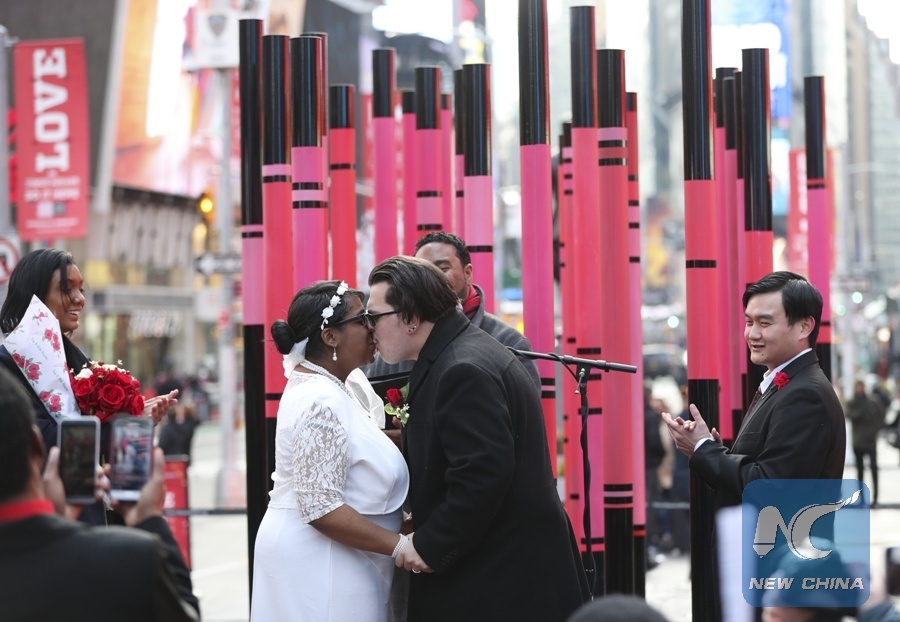
(Photo: Jiemian)
The idea of the average family has been changing for some time, not only in America– but also around the world and in different ethnicities. The times are changing and that means the concept of family and even traditional gender roles are changing.
Yet, some cultures are sticking to their roots and its showing in popular culture – like the families depicted in “Crazy Rich Asians” that boast several generations of family members living together and needing parental approval for spouses.
However, it should be noted that many changes to the family dynamic are good. Furthermore, cross culture marriage in America means a hybrid of foreign values that means progress.
Changing trends of Americans
According to a 2015 study by the Pew Research Center, the American family is changing thanks to divorce, remarriage, and cohabitation rates. In the early 1960s, babies would typically arrive when their parents are married- but now some 40 percent of births occur to women who are single or living with a non-marital partner. Furthermore, more women are in the workplace than in the 1960s – changing the old dynamic of the family “breadwinner.”
The changing view of the American family is largely due to one thing: interracial marriage. Since 1967, after Loving v. Virginia made marriage across racial lines legal in the US, interracial marriage now accounts for one-in-six marriages in the US, according to the Pew Research Center. In 2017, 39 percent of adults told the Pew Research Center that this mixing of races and cultures is a good thing.
It stands to reason that cross culture marriages are good because of the melding of traditions that comes from these unions. Instead of holding one racial background’s traditions, interracial marriages provide multiple – giving their offspring the chance to experience more culture while also limiting narrow-minded views.
Instead, mixing races together means additional family support, which is important for taking care of one’s older relatives.
Cross culture marriage and new family bonds can also go a long way with ensuring traditional values are kept – including maintaining rituals and even caring for elderly parents once they reach old age. Caring for elderly parents is a major part of many ethnic backgrounds but has not been a typical American tradition over the last 100 or so years.
Furthermore, it seems as though thanks to rising housing costs and the high price of education, more college-age adults are choosing to live with their parents to save on renting. According to the Washington Post, more African Americans and Latinos are shouldering the burden of college debt and on average must take out more loans to pay for their tuition.
So, it would stand to reason that due to economic problems – ethnic families that remain close are a positive aspect since they could offset some of the financial burdens of college.

(Photo: Xinhua)
Parenting styles in other cultures
As mentioned above, there has been a difference in family styles between Americans and other ethnicities. According to a Business Insider story from May, Yan Mei claims there are major differences between American parents and Chinese parents in terms of raising a child.
According to Yan, American parents have some positive aspects and some negative, but ultimately a mix between the two is the most beneficial.
Yan said American parents are much more supportive than Chinese, providing them with emotional support that they might need when they are adults. However, she also noted that American children often lead their parents – which upsets the household dynamic by giving the child too much power.
Yan also noted that Chinese parents have exceedingly high expectations for their children- sometimes pushing their hopes and dreams on their unwilling children.
With that being said, no one approach to parenting is wrong or right: billions of people have benefitted from both styles of parenting. However, it should be noted that a mix of the two styles (and other races as well) would be of great interest to future generations because it will give credence to the best of all worlds.
Whereas one culture focuses on emotion, the other can focus on achievement – so a mixing of the two could really create a more complete generation, with fewer problems and hang-ups compared to older generations.
The future of the family unit
While it’s impossible to know how exactly the world with turn out in the future, it is possible to see a landscape thanks to societal changes. With the rising cost of living, changes in gender identities, and acceptance of different lifestyles, its safe to assume that the family dynamic will change.
These changes could mean more adults living with their parents into their 30s, different races coming together, the strengthening or folding of long-standing traditions, and beyond.
However, no matter how a family is changed or defined, the bottom line is that families can benefit from learning multiple cultures and more traditions because it creates unity between races. That, in turn, can create better family values.


